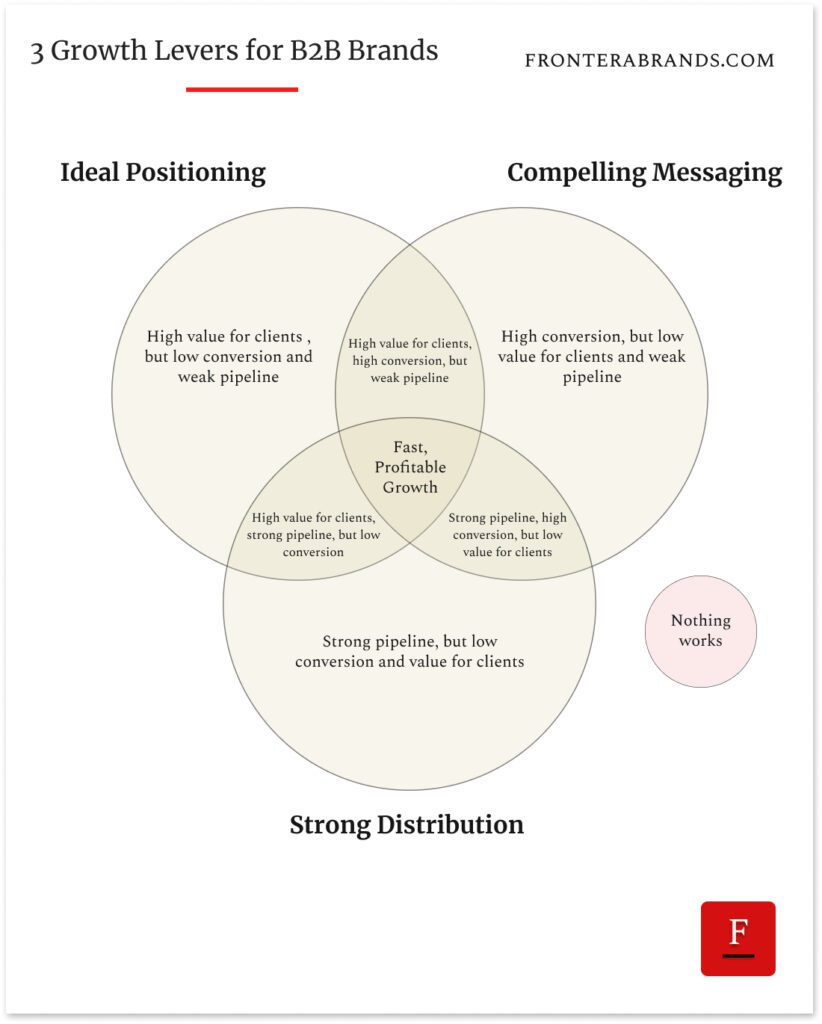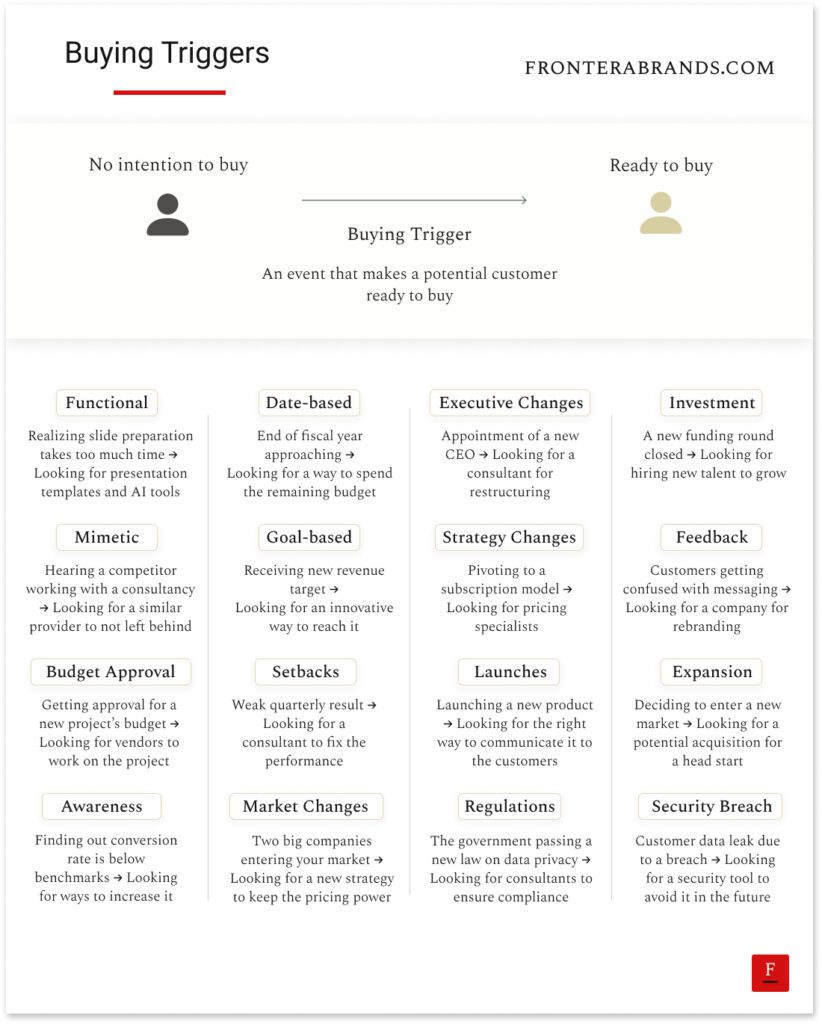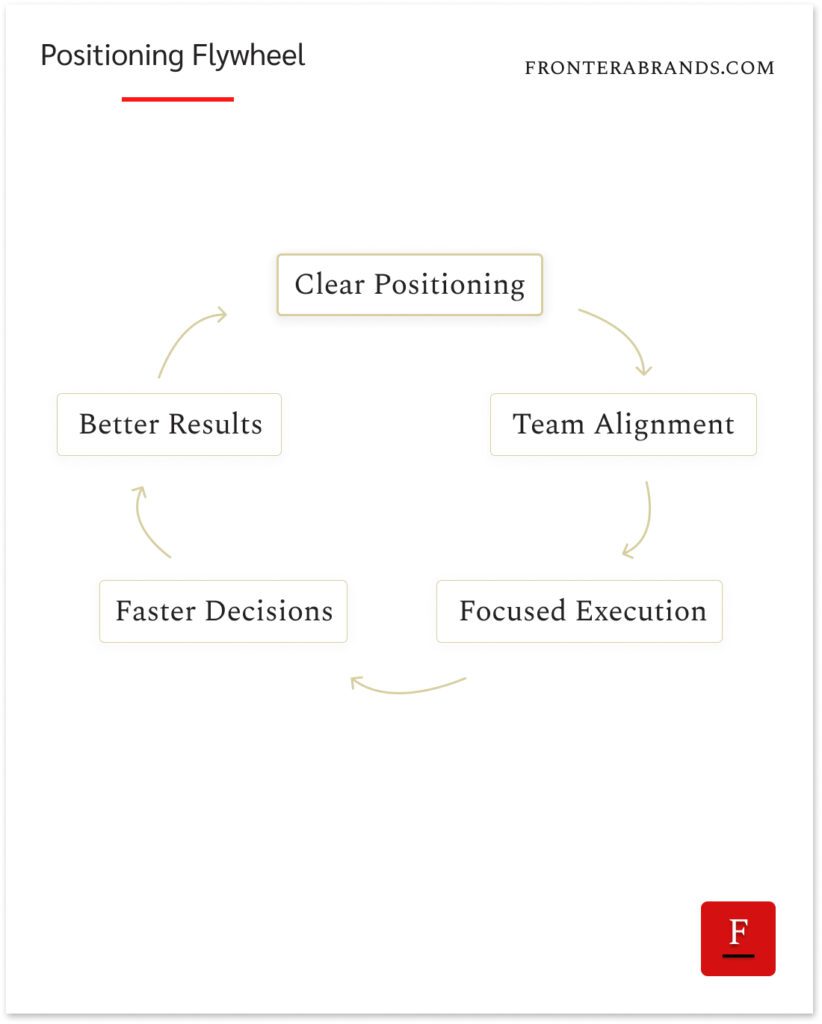♦️ 12 differences between B2B product vs. B2B service businesses (and why they matter)
|
There are key differences between B2B product (e.g. software) vs. B2B service (e.g. consultancy) businesses:
All these differences impact how to position the brand, what messages to convey to the market, and how to attract potential customers. Obviously, some other factors affect these differences. Like the price point of the offer. But the moral of the story is this. Market your brand by considering the nature of your business. Pay attention to the rules of the game you play. So among all the competitors who leave things to chance when it comes to marketing, you can easily stand out — and win.
|
Frontera
Join 10,000+ B2B founders getting the strategies of iconic brands.
Three marketing bottlenecks keep B2B brands stuck at a certain revenue level: Wrong Positioning Ineffective Messaging Weak Distribution These problems keep the business from growing to its next stage. Some businesses just have one. Some others might have all three to a certain degree. They have different symptoms: 1. Wrong Positioning You create the wrong value and/or for the wrong clients. Your solution isn’t anchored to a specific pain or priority. You are either specialized in the wrong...
What leads your clients to look for a solution like yours? What makes them realize they have a problem? The answers to these questions matter. Because when you know your clients’ buying triggers, you can: Build your product/service for their context Talk to their real needs with your messaging Target them more easily Think about the buying triggers in our lives. Like becoming a parent. Your life changes when you learn you’ll become a parent. You start looking for parenting books, furniture...
Having clarity around your brand’s positioning has a hidden upside. We usually talk about how it helps you win clients. It raises your perceived value. It makes buyers choose you over others. But it also changes things inside the business. You know what they say. Constraints breed creativity. A blank page is scary because you can write anything. There is no constraint. But once you pick a topic, ideas start flowing. You get focused. You get creative. Clear positioning does the same. It gives...


